Mango & Raspberry Fruit Leather
A no-sugar-added fruit snack that kids and adults alike will both love – easily packed away in a lunchbox or enjoyed at home!
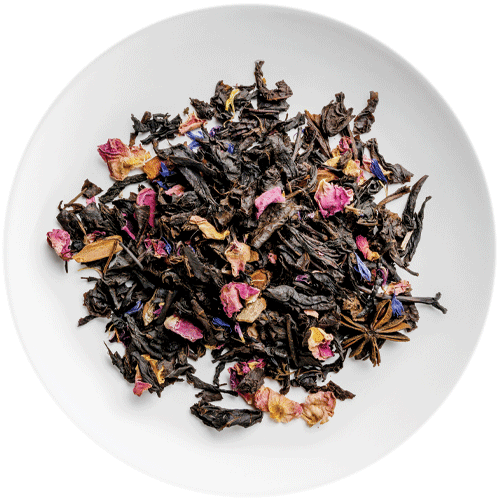
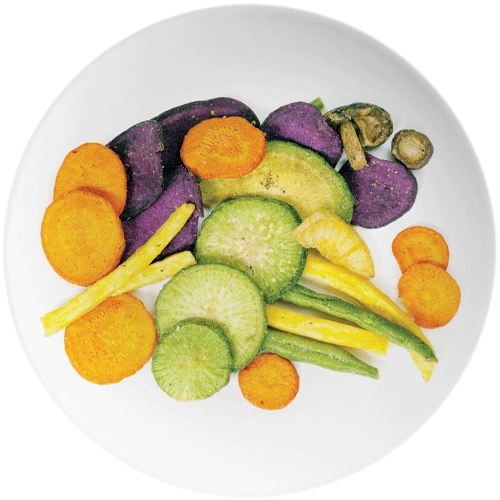
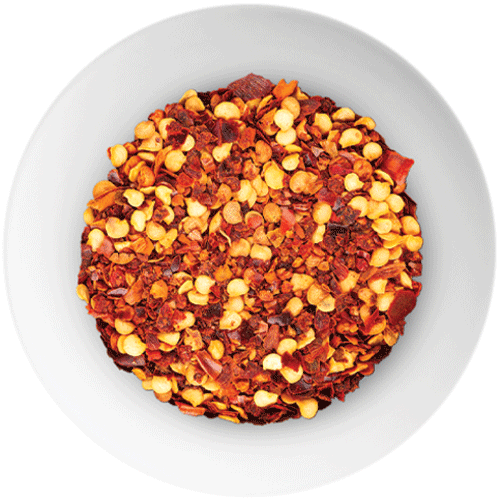
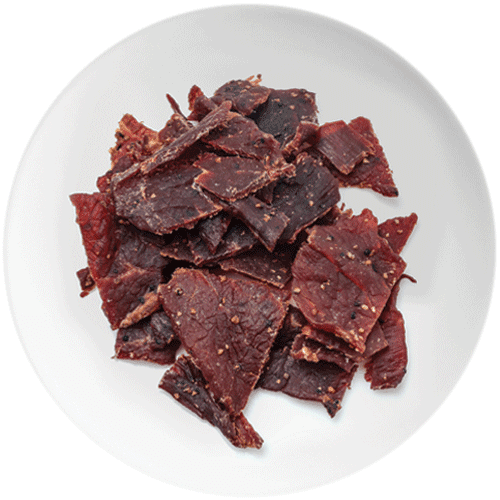
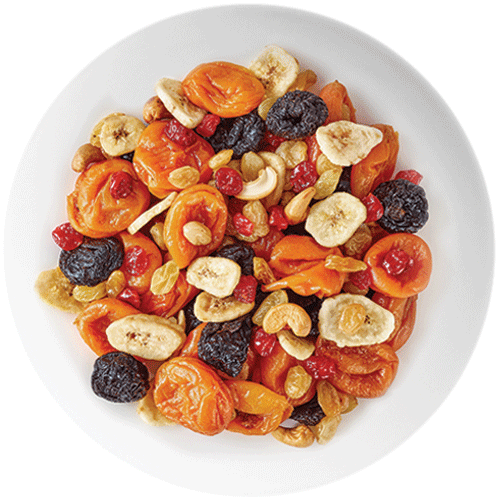
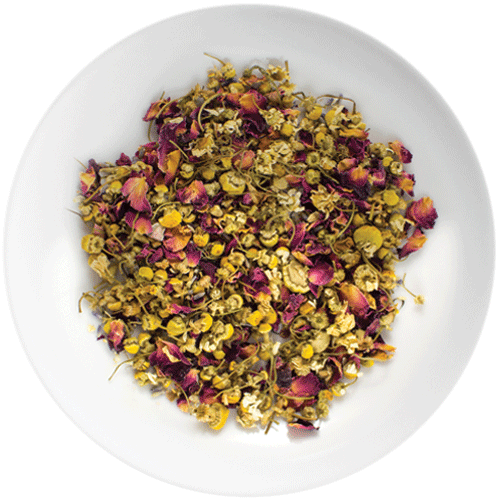
Enjoy all your homemade dried favorites with the AROMA® Professional 6-Tray Digital Food Dehydrator.
Perfect for everyone from outdoor hobbyists to the health-conscious, this dehydrator is designed for efficient, even drying. Fruit leather, trail mix, custom potpourri, and dried herbs and spices—prepare all this and more with the press of just a few buttons! It handles everything from fruit slices to beef jerky on ten spacious, height adjustable trays. The automatic fan promotes even drying and prevents overheating that eliminates food's vital nutrients while the adjustable thermostat ensures that all foods are dehydrated at their optimal temperature. The stainless steel trays make clean up a breeze, as well as ensure the safety and taste integrity of your foods. With the fan-only option, save energy when the hot summer air is enough to dry out your foods or cool them down faster if the day is a bit colder. This innovative food dehydrator puts creativity in your hands.21.7 lbs
12.3″H x 13.4″L x 17.8″W
120V 60Hz 600W
WARNING: Cancer and Reproductive Harm – www.P65Warnings.ca.gov
(Applicable to California Residents Only)
A no-sugar-added fruit snack that kids and adults alike will both love – easily packed away in a lunchbox or enjoyed at home!
Salty and sweet flavors are a match made in heaven, as are snacks that are both filling and satisfying – this delicious homemade trail mix is all four!
Toss those potato chips and munch on this low-calorie, addicting, and nutritious alternative instead. Once you try one, you won’t be able to stop!
From basics to troubleshooting.
The mesh sheet is used for preparing fruit leather, meat jerky, or dehydrating smaller ingredients that otherwise would fall in between the holes found in the drying trays.
Leave the vent closed if you are only using one tray to dehydrate. If using more than one tray, be sure to leave the vent open during the dehydrating process.
Yes. Additional replacement trays are available for purchase online on our Replacement Parts page or by contacting our customer support team.
Our customer support team can be reached by calling 1-800-276-6286 or by sending an email during operating business hours Monday – Friday, 8:30a.m. to 4:30p.m. PST (excluding national holidays).
Your product’s model number is a 6-7 character code in the format of XXX-XXXX and can be found on the manufacturer’s sticker on the back side or bottom of your appliance. Food dehydrator model numbers will begin with “AFD” or ‘NFD” followed by a hyphen and 3-4 numbers and/or letters.
We do not recommend leaving your home while the dehydrator is running. Although it is not necessary to monitor the dehydrator throughout its entire drying process, you should not leave a powered unit completely unattended.
Previously dehydrated food can be rehydrated by soaking the food in water or by pouring hot water over top it. Do not add any seasonings during this process, as they may change the flavor of the food as a result. Typically, one cup of water is appropriate for 1 cup of dehydrated food.
For stewed fruits, add 2 cups of water and simmer until tender.
Dehydrated fruits and vegetables can be soaked in cold water using a 1:1 water/dried food ratio for 2 to 6 hours in the refrigerator. Room temperature may create an environment for harmful bacteria to grow. They can alternatively be immersed in boiling water for 5 to 10 minutes or until they reach the desired consistency.
No, food dehydrators are one of the most energy efficient kitchen appliances available! The heating element in a dehydrator is controlled by a thermostat and provides just the right amount of heat to maintain a steady temperature without ever overusing energy output.
The total energy used depends on a number of factors such as surrounding temperature and humidity, the quantity of ingredients being dried, the moisture content of the ingredients, the size or thickness of the food and the drying temperature selected. As a rough guide, your dehydrator will typically cost less than $1 to run for 24 hours, sometimes considerably less especially if drying at lower temperatures.
Food dehydrators are used to do just that—dehydrate or dry food by evenly circulating air around the dehydrator cavity for extended periods of time. Most ovens don’t offer the same low temperatures that a dehydrator does and on top of that, your oven often doesn’t come with the necessary racks and/or accessories needed to dehydrate food efficiently.
Proper storage is essential to maintaining the quality of foods. Wait until the food is cool before storing (note: fruit leather must be stored in plastic bags while still warm). Foods can be kept longer if stored in cool, dry and dark places. Ideally, storage temperatures should be below 60°F or 16°C (the lower the better).
If planning to store your dried foods in a plastic or glass storage container, firstly place the dried food in plastic freezer bags then into the container(s). Be sure to squeeze out all excess air in the freezer bags before storing–remember air can destroy food preservation! Avoid containers that “breathe” or have weak seals and fill the container as much as possible without overflowing.
The temperature will be dependent on the type of food that you’re drying. For example, raw food will need to be dried at low, enzyme-preserving temperatures while meat and fish should always be dried on the high setting initially for food safety reasons.
The following is a rough guide to food types and temperatures: